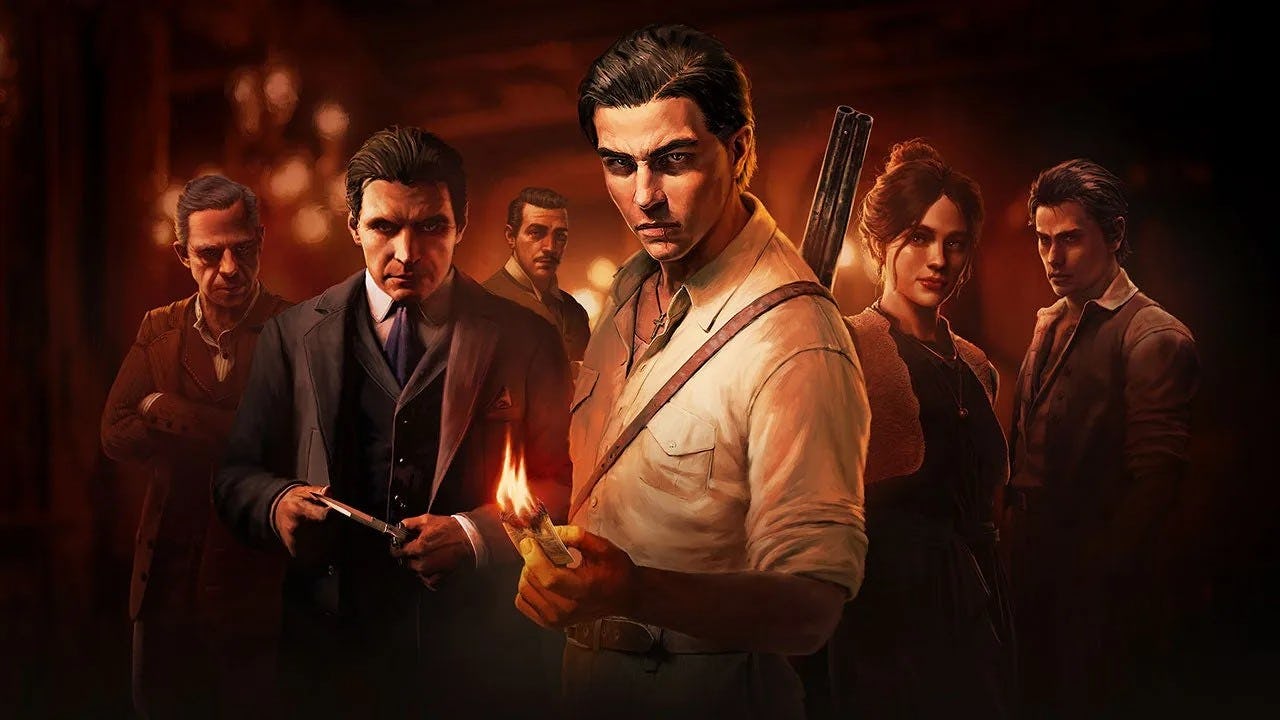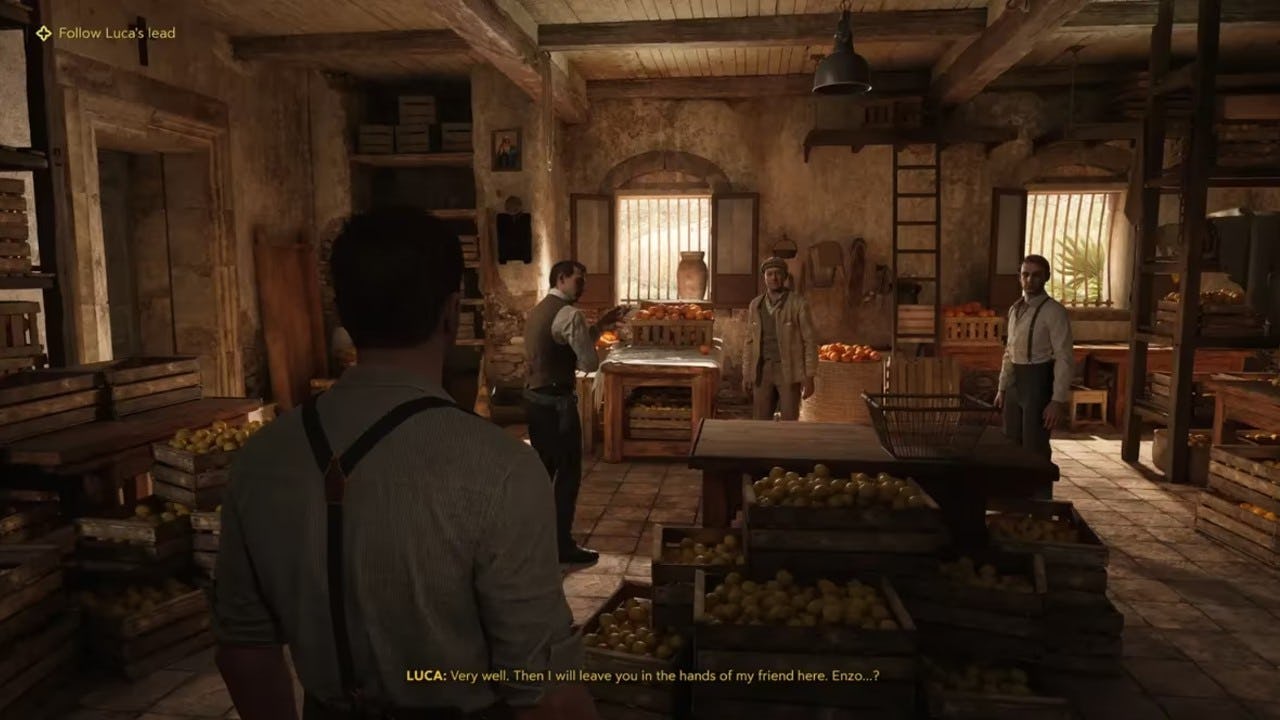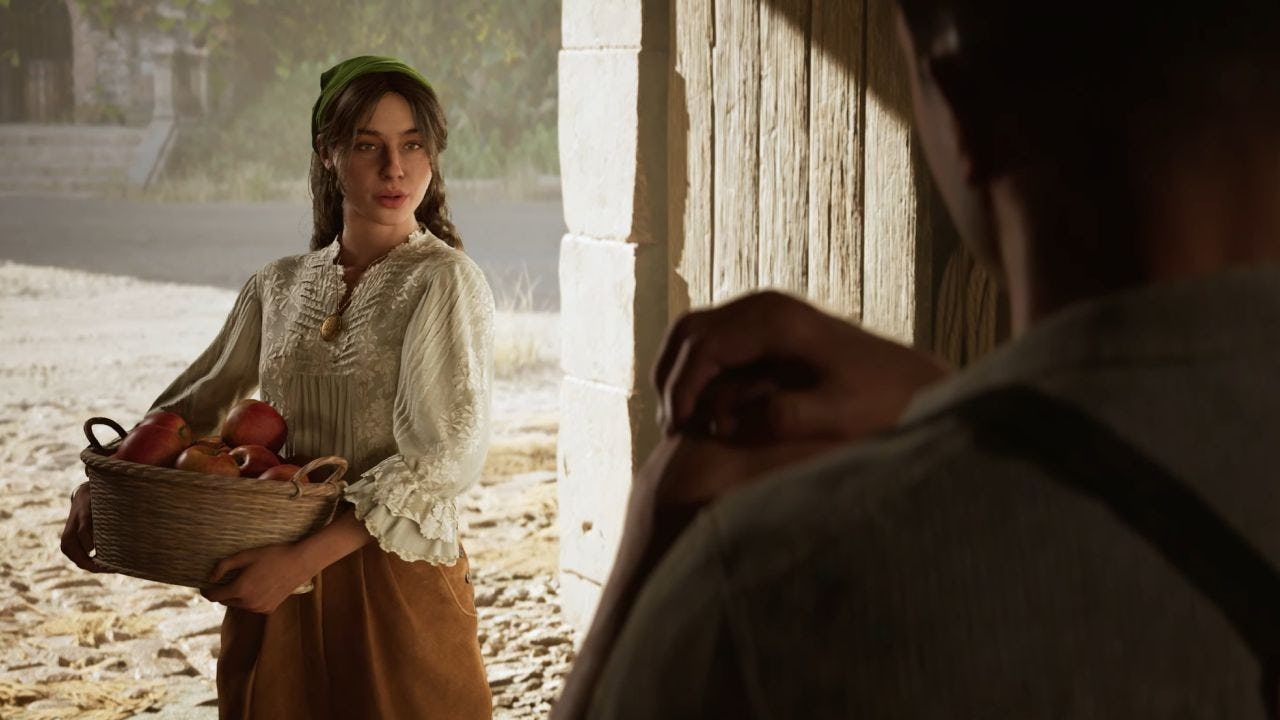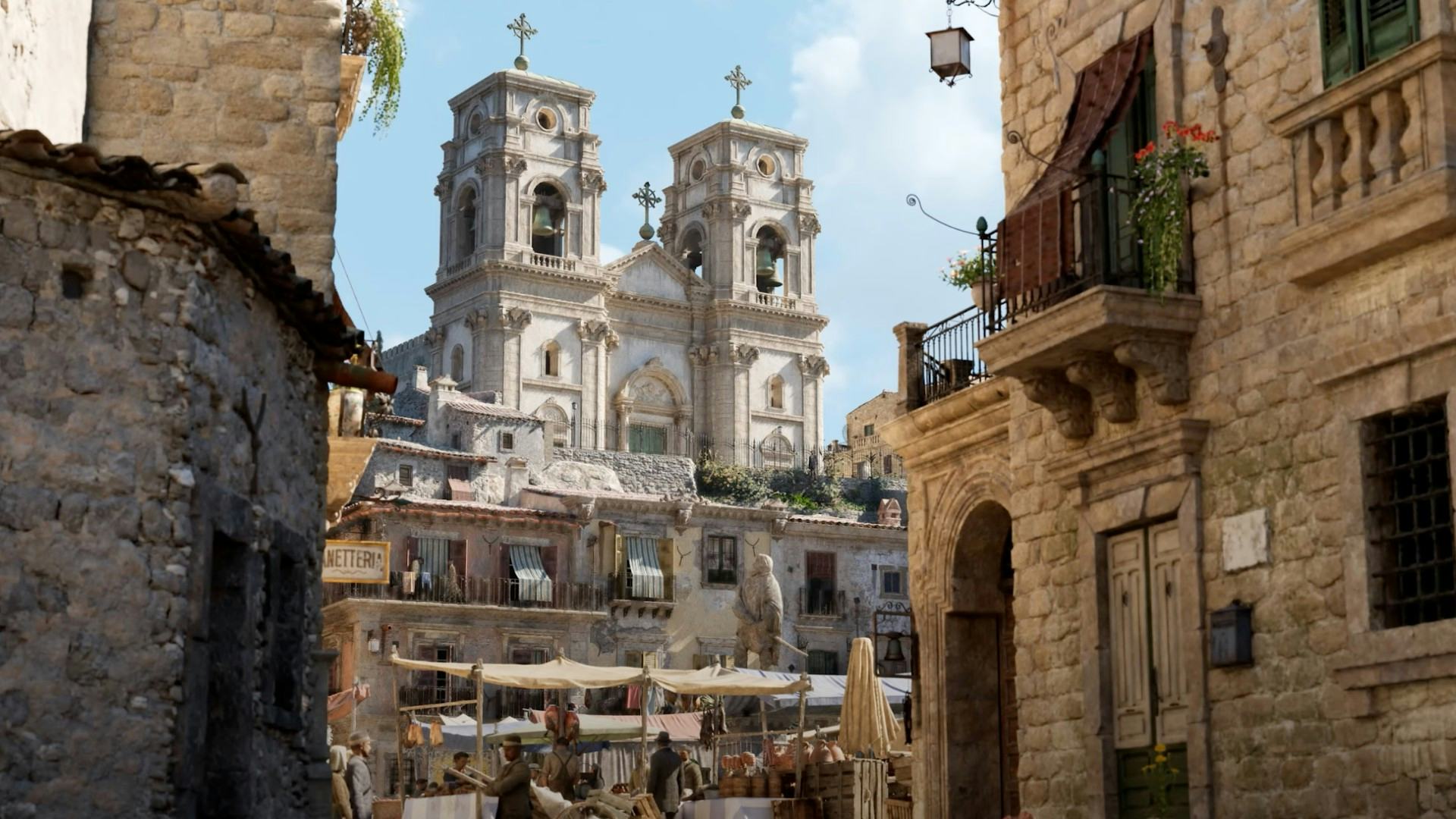
Mafia 3 was a game with a daring narrative and phenomenal character work, that sadly, oftentimes got buried under a slew of generic open world design. It felt like the kind of game that wanted to be something, but was forced to conform to a trend by executive powers. That’s exactly why I love the opening hours of Mafia: The Old Country so much — developer Hangar 13 builds a deliberate slow-burning story that’s heavy on a sense of place and belonging. It’s a sharp turn from the bombastic openings of the rest of the franchise, but it sets the stakes well and creates one of the most compelling historical settings I’ve ever seen in a video game.
It’s not until roughly five hours into The Old Country that you shoot a firearm for the first time, and I genuinely love it. This prequel to the series focuses on a young man named Enzo Favara, indentured as a worker in the hellish sulfur mines of Sicily. After a major accident, Enzo manages to escape the Spadaro crime family that runs the mines, only to run headlong into the territory of the Torrisi crime family, who take him in as a worker.

While the initial hour has an adrenaline-pumping mine escape, the next four hours are remarkably subdued. Enzo isn’t a confidant of the Torrisi family, he’s a bottom-of-the-barrel worker — and so much of the game’s opening is about seeing things through that point of view.
You go through menial work tasks like scooping horse poop out of the stables, hauling a pig carcass to the kitchen, and carrying crates of wine. But while you’re doing all this, you’re seeing the thrumming business of the Torrisi vineyard, hearing workers talk about unions and recent political events, and seeing the bustling towns of Sicily go about their daily lives. Everything in The Old Country feels richly realized and deliberately historical, making it abundantly clear that Hangar 13 did copious amounts of research into the time period and setting.
However, it goes beyond simple set dressing, as during your tasks, you can also come across a variety of different notes, ranging from a recipe for pork spezzatino to a newspaper article about a recent labor protest.
But even as you progress further, you aren't immediately pulling off hits or sneaking into mansions. In one mission, Enzo has to accompany Don Torrisi’s daughter, making sure that her “visit” with the son of another family goes well. You’re a glorified chaperone.

Through a matter of hours, you get to see Enzo’s slow rise from vineyard worker to trusted confidant. It’s a confident piece of character work that gives Enzo a real underdog vibe, making him someone you want to root for. But so much more than that, it shows the foil to the mafioso life — the richness of civilian life that Enzo could embrace. The Old Country does a masterful job of constructing a sense of place and showing Enzo opening up as a person, finding a romantic interest, and finding a purpose in life for the very first time.
But the big catch is that this is a Mafia game; we know how this story unfolds. There’s tragedy that awaits at the end of everything. That’s always how these things go in crime dramas, from The Godfather to The Departed.
There’s almost a tinge of horror to the game’s narrative, as we see the humanity Enzo has gained put under strain with the increasingly violent tasks he’s required to commit. He desperately wants to hold onto the life he’s found. And what lengths will Enzo go to in order to do just that?

That’s what makes the opening hours of The Old Country so brilliant. Sure, it might be slow and monotonous, but that’s exactly the point. The game uses its more violent mechanics as a metaphor for what Enzo is losing, but we wouldn’t know that unless the game took sufficient time to show us in the first place.
The slow-burn approach may not appeal to everyone, and it’s not revolutionary by any means, but it feels uniquely Mafia in the best way. The Old Country has its own unique personality, and boy, does it stick to it every step of the way. I’ll take that over another generic open world game any day.







